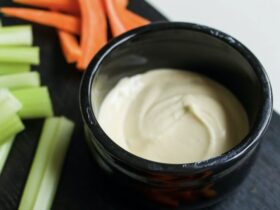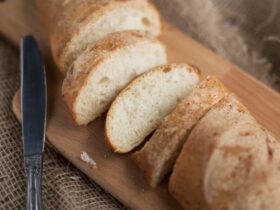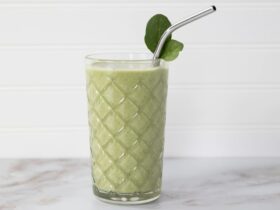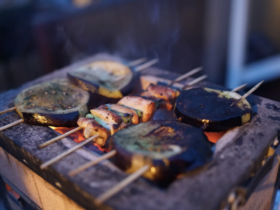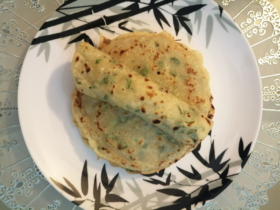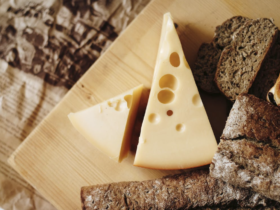Macarons are a popular French pastry known for their delicate, sweet taste, and elegant appearance. One frequently asked question about macarons is whether or not they contain nuts. Traditional macaron recipes include nuts in the form of almond flour. Almond flour contributes to the texture and flavor of the treat.
Almond flour is a key ingredient that distinguishes macarons from other types of cookies and gives them their unique taste. It is important to be aware of the nut content in macarons for those with dietary restrictions or preferences.
Ingredients in Traditional Macaron Recipes
In a traditional macaron recipe, the ingredients consist of:
- Almond flour
- Powdered sugar
- Egg whites
- Granulated sugar
- Salt
- Food coloring
- Flavorings
The ratios of the above ingredients can vary depending on the recipe and the desired outcome. The above list provides typical ingredients for classic macarons.

Do Macarons have Peanuts?
While macarons are not typically made with peanuts, it is a common concern for those with nut allergies to wonder about the ingredients used in macarons. In traditional macaron recipes, almonds are used in the form of almond flour, which gives the pastry its characteristic texture and flavor.
Typically, macarons do not contain peanuts. However, they are often made in facilities that also handle peanuts, which can result in cross-contamination. For those with severe peanut allergies, it is best to avoid macarons and carefully check the ingredient list. It is also appropriate to check the manufacturer information and ensure the facilities where the macarons are made are peanut-free.
Some bakers may choose to make macarons with other nut flours. Hazelnut and pistachio flour are popular options. If you have a peanut allergy, it is always best to err on the side of caution and ask about the ingredients used in a particular recipe before consuming.
Alternatives to Almond Flour in Macaron Recipes
You can use alternative ingredients to almond flour, such as coconut flour or oat flour, which can offer a distinct flavor and texture to traditional macarons, but can still yield delightful and visually appealing pastries.
Coconut flour is a gluten-free alternative that is high in fiber and low in carbohydrates. It is a popular ingredient in many low-carb and keto-friendly recipes. When used in macarons, it can add a subtle coconut flavor and can result in a denser, moister texture than almond flour.
Oat flour, on the other hand, is made by grinding whole oats and has a nutty flavor that pairs well with sweet dishes. It is also gluten-free and high in fiber. Using oat flour in macarons can give them a hearty texture and a slightly earthy taste, which some people may find enjoyable.
While almond flour is a common ingredient in macarons, there are other options available to use, each with their own unique taste and texture. By using coconut flour or oat flour, you can create macarons that are just as delicious and attractive as those made with almond flour.
Macarons Allergy Information: Almonds, Eggs, Gluten, Dairy
Eggs: Macarons typically use egg whites as a key ingredient, so they may not be suitable for individuals with egg allergies.
Gluten: Some macaron recipes may contain gluten if they use wheat flour, so they may are not suitable for individuals with celiac disease or gluten intolerance.
Dairy: Some macaron recipes may call for butter or cream, which is not suitable for individuals with dairy allergies.
Soy: Some macaron recipes may use soy flour or soy-based food coloring, which may not be suitable for individuals with soy allergies.
It’s important to always check the ingredient list and ask about any allergens when purchasing or consuming macarons, especially if you have a food allergy. If you’re making macarons at home, you can use alternative ingredients to accommodate your specific dietary needs and restrictions.

Final words
In conclusion, macarons are a versatile dessert that can be customized to suit individual preferences and dietary restrictions. Depending on the recipe and ingredients used, macarons can contain nuts or be nut-free. For instance, some macaron recipes call for almond flour or almond meal, which give the macarons a distinct nutty flavor and texture. However, there are also many nut-free macaron recipes that use only powdered sugar, egg whites, and food coloring, allowing people with nut allergies to enjoy them too.
It’s crucial to be mindful of potential nut allergies when consuming macarons or any other baked goods. Individuals with nut allergies can experience severe allergic reactions, which can be life-threatening. Therefore, if you’re unsure if a macaron contains nuts, it’s best to check with the baker or restaurant, or to make your own macarons at home using a nut-free recipe.
Despite the nut content, macarons are a delightful treat that can be enjoyed by people with all different tastes and dietary restrictions. Macarons come in various flavors, colors, and textures, making them an excellent choice for any occasion. Whether you prefer classic macarons or innovative flavors, there’s a macaron out there that will tantalize your taste buds. So, whether you have a sweet tooth, are gluten-free, or vegan, macarons are a treat that can be enjoyed by all.


